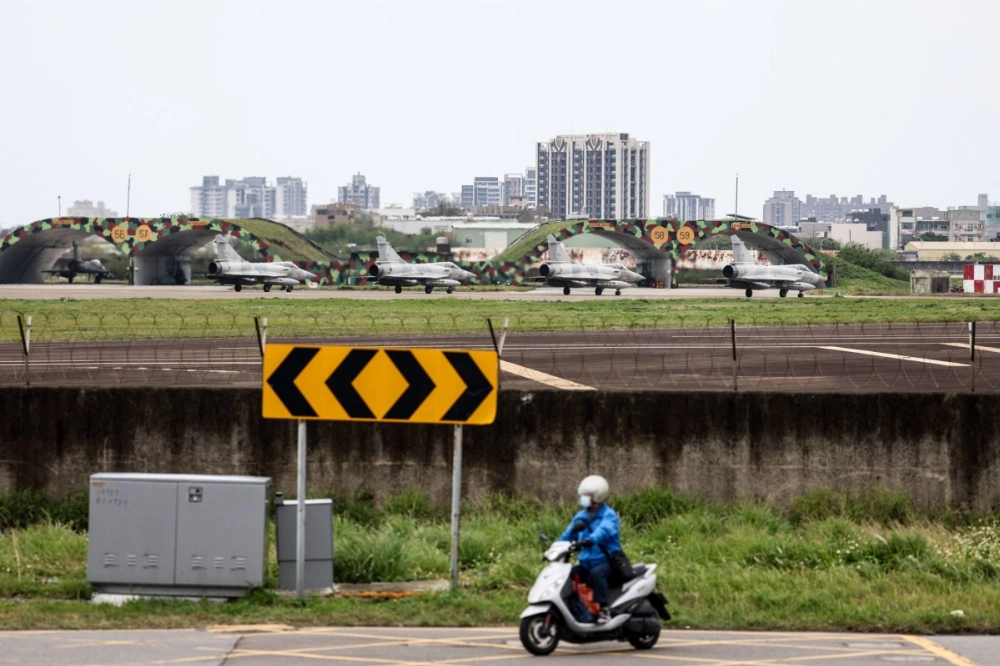China's military concluded two days of military exercises around Taiwan on Wednesday that it said included "long-range live-fire drills" and saw it practice simulated strikes on key ports and energy facilities on the island.
The Chinese military said in a statement that it had "completed all designated tasks" after earlier prompting scathing criticism from the U.S. that Beijing was fueling tensions in the region.
Beijing said its ground forces had conducted long-range live-fire drills as part of its Strait Thunder-2025A exercises, though it did not give an exact location for them.
















With your current subscription plan you can comment on stories. However, before writing your first comment, please create a display name in the Profile section of your subscriber account page.